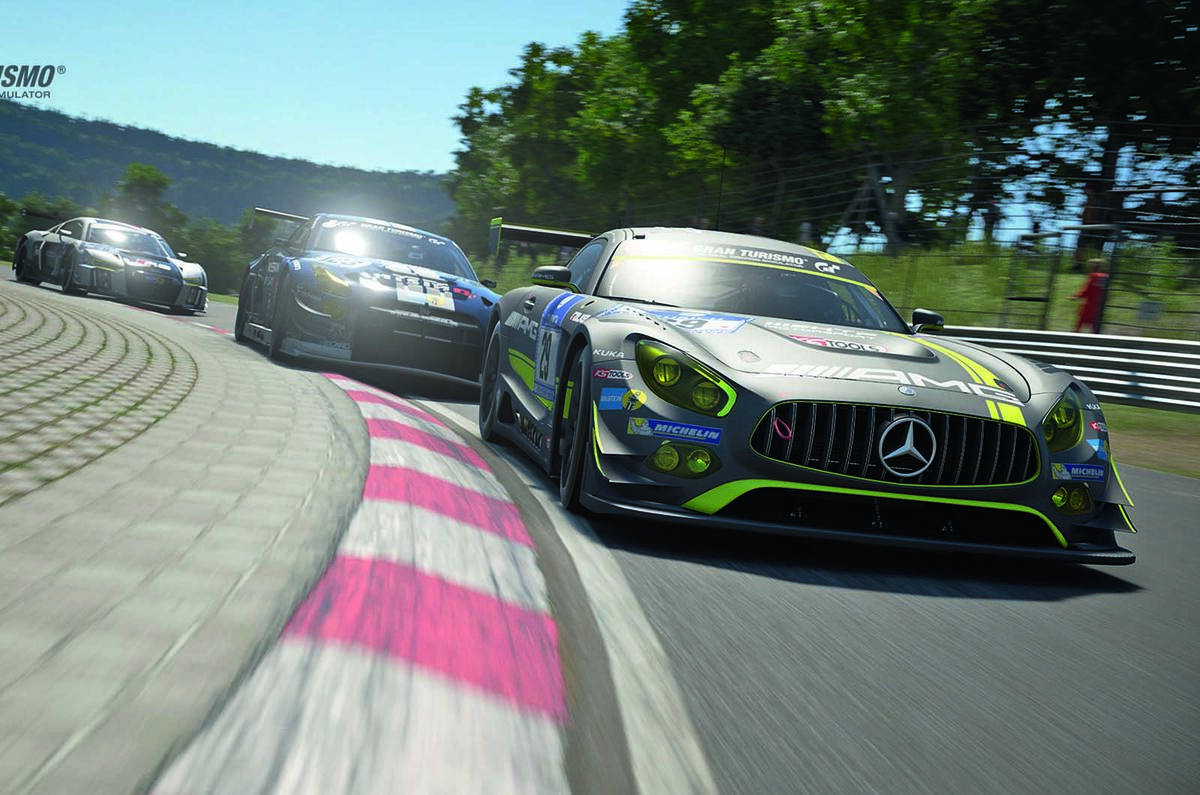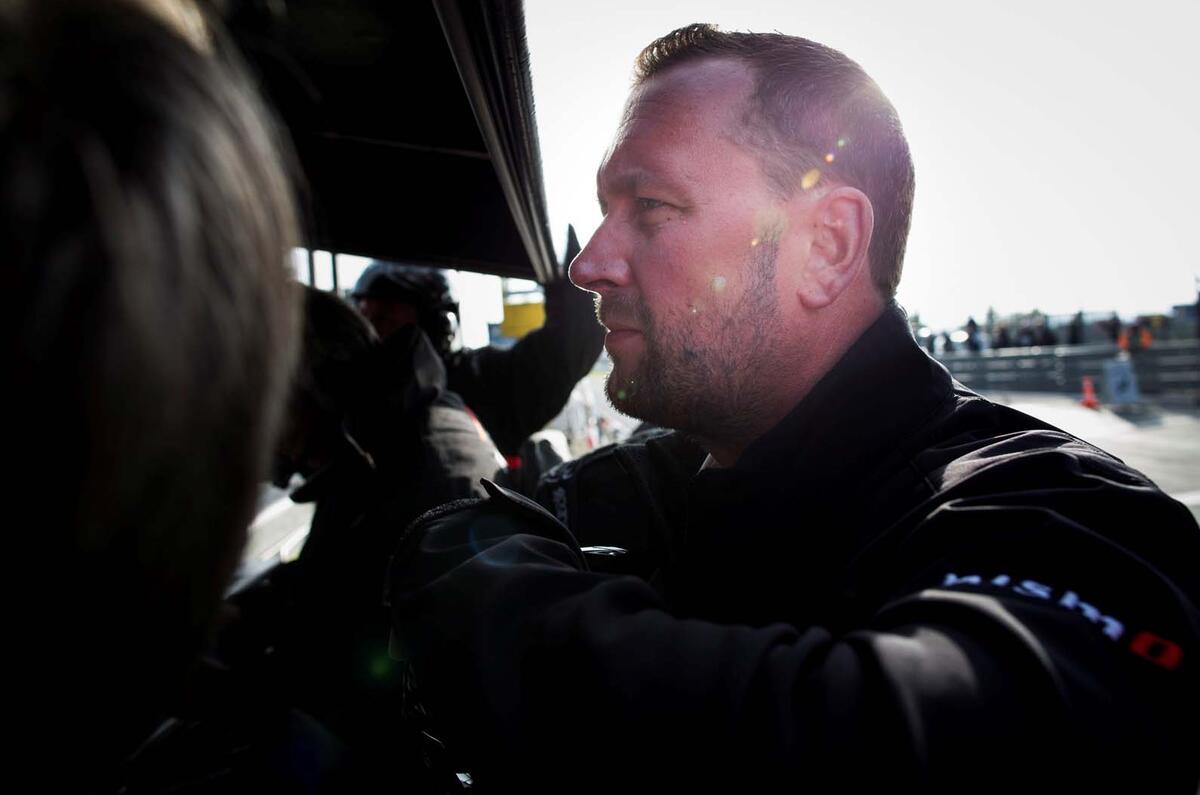A few years ago, we borrowed a Ferrari from a nice man whose tech business had made him rich.
He thought to himself ‘Whoops, I’ve got a lot of money’, as Blur might put it, and began collecting sports cars and supercars.
A long while later, I bumped into him at a race track, where he was now racing a McLaren. He still liked sports cars and supercars but had moved on to the next logical thing in the path of getting the most out of performance cars: optimising them for the track, or racing them.
Which brings me to the recently released Gran Turismo Sport, the seventh instalment in the Gran Turismo PlayStation game franchise. It is the first Gran Turismo release since 2013 and the first that works on the four-year-old PlayStation 4.
GT made its early reputation from calling itself ‘the real driving simulator’. In a world of arcade-like driving games, it was the real deal: authentic performance and, crucially, authentic vehicle handling.
Gran Turismo 2 featured some 650 different cars, most of them road cars, and they handled like the real thing. You wanted to know what a Lotus Elise or a Toyota Supra handled like? Digitally, Gran Turismo would do it better than anyone else’s game. By Gran Turismo 6, that number had risen to 1226 cars across 100 circuits – some digitised real ones, others created specifically for the game.
Gran Turismo Sport has cut the number of cars to 163 and the number of circuits to 28. The road cars it features still drive like the real thing; there are more racing simulators around today than ever but, for me, GT still nails vehicle dynamics better than any other I’ve tried. But GT Sport’s emphasis has shifted well away from taking you into the virtual driving seat of a real car. Instead, it wants you in virtual racing cars.
In the same way that the man from whom we borrowed a Ferrari has graduated to racing, so the purpose of GT is less about letting a player try another Elise variant on another circuit, and getting them into competing in an online world. Of GT Sport’s three modes – ‘arcade’, ‘campaign’ and ‘sport’ (online racing) – it’s online racing where GT has its focus. Which, all things considered, is probably the right move. The numbers associated with eSports – competitive online gaming – are astronomical. Last year, eSports were played by one billion people, 292 million people watched it and revenue reached £350 million.
Darren Cox, founder of Nissan’s GT Academy, which turned Gran Turismo gamers into real Le Mans podium finishers, now runs eSports+Cars, a professional team of online racing drivers, who have won every competition they’ve entered. eSports have spectators, there is prize money. Cox now also runs a competition where ‘the world’s fastest gamer’ wins a job at McLaren, as one of its simulator drivers.












Join the debate
Add your comment
I can both agree and disagree with your viewpoints, guys. The article itself is genius! And I would not question whether PS4 games are worse or better. The main idea is that all those self-driving cars were once somebody's fantasy or a game artifact. Now they are a part of our lives. Speaking of games, I love to visit https://scarabwins-casino.co.uk/app/ now and then, as I needed to download the app just once, no reinstallation required. Then I can pick up games according to my mood.
Virtual world racing games are better
I've never really seen the appeal of racing lap after lap around a circuit on a computer, the racing games set on 'real' roads are more enjoyable. Much more fun to race around in realistic environments, diving down little back roads, weaving through city traffic or blasting down country roads, all without fearing for your licence or your life.
Nonsense
GT Sport is an arcade game and the PS4 compatible wheels give little in the way of accurate feedback. Get yourself on a PC with Assetto Corsa or Project Cars 2 (iRacing if you can afford the subscription costs) and a proper sim rig with a Direct Drive wheel and a VR headset.
This reeks of a puff piece.